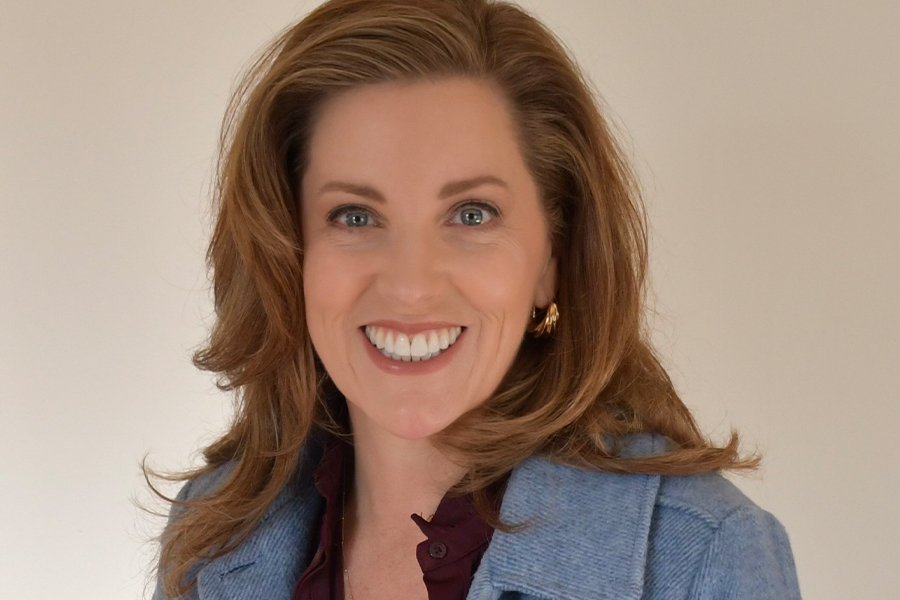Verda Alexander, cofounder of San Francisco-based Studio O+A, previews what’s to come during her session, HD Idea Exchange: Conversations on Carbon x Design x the Future, at HD Expo + Conference 2024 in Las Vegas.
What’s top of mind for 2024?
Verda Alexander: There is so much uncertainty and upheaval in the world right now. Top of mind for me is cutting out the noise and focusing on myself and what I can change. 2024 is a year to focus on self-care, which includes caring for others and our ecosystems because we are all connected.
What’s the biggest trend you’re seeing in terms of guest and client expectations around climate change and sustainability?
VA: That sustainability and addressing climate change is becoming an expectation. I’m seeing almost any new product coming to market now addressing recycled content, packaging, end of life, local economy, labor in the supply chain, etc. That shows a commitment to tackling climate change and sustainability. Clients are starting to demand it of their spaces too.
Any other movements you’re watching?
VA: I’m watching what sorts of bills become law that would help get designers, clients, contractors all on board more quickly, like two recent bills here in California. With SB 253, large companies will need to start tracking Scope 3 emissions, which includes services and goods (embodied carbon!) purchased from suppliers. Even though it only affects very large firms, smaller companies will be taking note. Also exciting is a embodied carbon bill that will become part of the building code this year in California. It will get architects and designers really thinking about reducing embodied carbon, not just net zero emission goals.

Adidas’ North American headquarters in Portland, Oregon, a LEED Gold-certified project
What O+A projects should we look forward to?
VA: Although the new Adidas campus in Portland, Oregon was completed a few years ago, it is still getting lots of attention. It captures innovative materials sourcing and construction techniques that point to new paths to sustainability and energy-efficient design. We even had custom tables fabricated from trees felled to clear the construction site and tagged them to indicate their origin and highlight the local story.
A more recent project, the offices in Washington, DC for Supernal (a division of Hyundai Motor Group), started with the concept ‘wisdom of swarm.’ Looking at nature’s example, we echoed the idea of collective intelligence—how a murmuration of birds forms patterns that seem to have meaning; how dandelion seeds ride a gust of wind to populate a meadow. We also were able to experiment with several new office typologies like Courtyard, Homeroom, and Central Square. These new types of workspaces are for connection, fast ideation, collaboration on the fly, and are pointing us to the future of workplace.
What challenges and opportunities do you see for the design world?
VA: Designers are looking for better tools and a common language to be able to focus our design efforts where they will make an impact. Mindful Materials, in collaboration with many industry stakeholders, is developing the Common Materials Framework that will help us talk about sustainability in the same way and streamline decision making around product selection. Gensler just released its own product sustainability standards that it has shared with the world—that will also level up the entire industry. Carbon calculators and LCA tools for interiors are getting there! I’m excited that many in the design industry are realizing that we need to make big shifts in our design process quickly to tackle climate change and related issues. In my own local IIDA community, we have something called a Climate Crawl, where we meet regularly at each other’s offices to share best practices. The best way to make change quickly is to work together and share resources.
How do you see O+A evolving?
VA: As a design firm focused on workplace for the last 30 years, we feel we need to understand the worker better than ever before. Our work has taken on a strategy side in recent years, where we deep dive into end-user culture and community to better design the future workplace. We are getting a much more detailed understanding about groups, users, and personas through journey mapping, and asking questions we don’t normally ask an end user. It’s exciting to take on ‘work’ in this era of immense change, and to use our skills as designers to tackle sustainability, equity, and design for impact.
Hear more from Alexander at HD Expo + Conference:
HD Idea Exchange: Conversations on Carbon x Design x the Future
Wednesday, May 1st, 10:00 to 10:30 am
Location: DesignWell Pavilion

Slack’s 300,000-square-foot office headquarters in San Francisco
More from HD:
How Hospitality Companies Can Shrink Their Carbon Footprint
AvroKO Designs the Jay Hotel in San Francisco
What I’ve Learned Podcast: Alejandro Bataller, SHA Wellness Clinic



